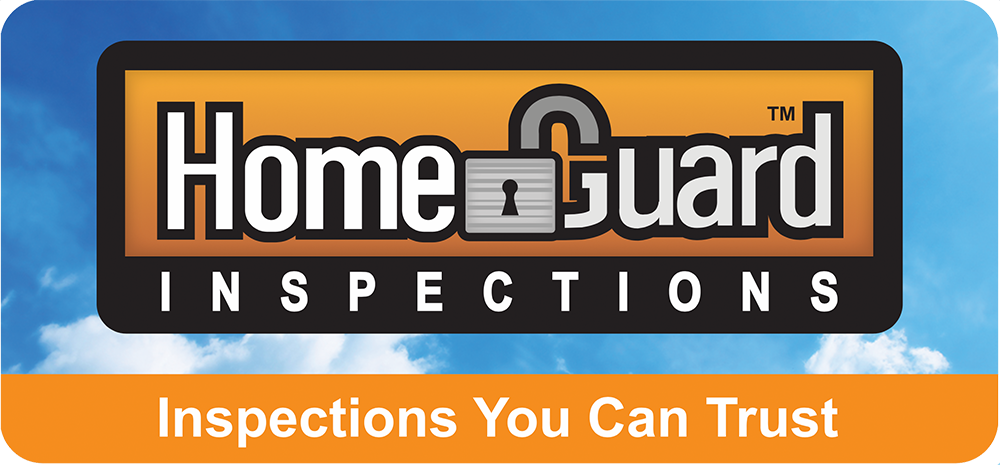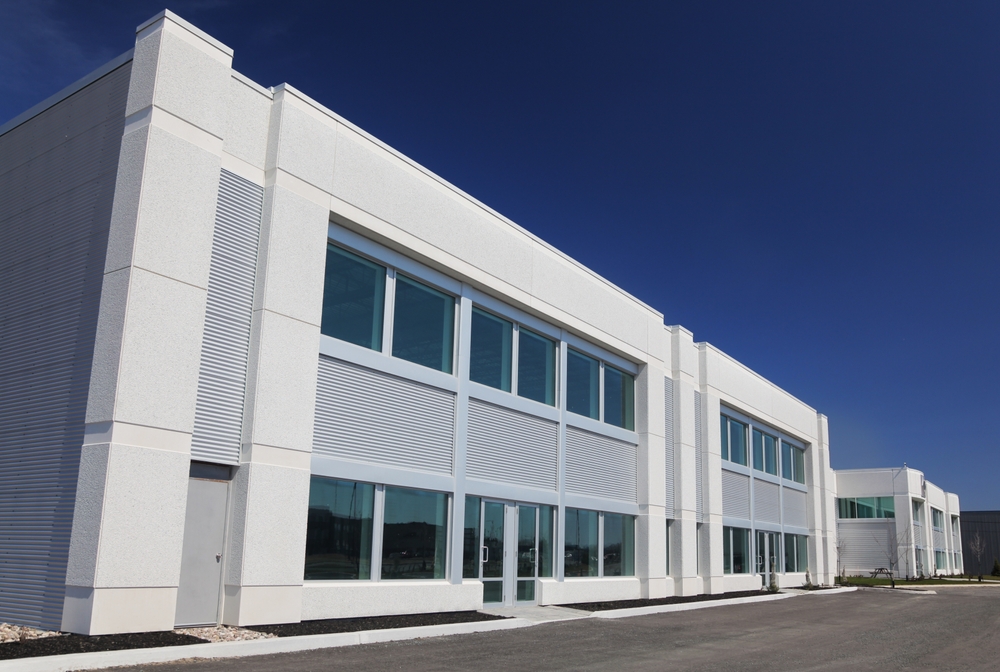A thorough and accurate inspection is vital to your due diligence when buying or leasing commercial property in the Salt Lake area—a small office complex, a retail strip center, or a light industrial facility. In Utah’s fast-moving market, where properties under 30,000 square feet often change hands quickly, understanding what a commercial inspection report includes can help you make more informed and timely investment decisions. This article outlines what commercial inspections typically cover, the industry standards that guide them, and how this information can protect your investment.
The Purpose of a Commercial Inspection
A commercial property inspection evaluates a building’s key systems before acquisition or occupancy, identifying deficiencies, deferred maintenance, and components nearing the end of their service life.
Structural components, including foundations and load-bearing walls, are assessed for signs of movement or damage. Roofing systems are checked for wear, drainage issues, flashing, and potential leaks. HVAC systems are evaluated for functionality and estimated remaining lifespan. Plumbing inspections cover supply and waste lines, water heaters, and restroom fixtures. Electrical panels and distribution systems are inspected for safety hazards.
The inspection includes reviewing the building envelope—siding, doors, windows, and weatherproofing materials—for wear and water intrusion. Site elements like parking areas, sidewalks, grading, and ADA accessibility are also assessed. Interior finishes such as ceilings, walls, and flooring are examined to determine maintenance needs. Life safety systems, including fire alarms and egress paths, are reviewed for compliance with safety standards.
The final report, organized by system with annotated photos, includes commentary on the condition of each component, identifies potential issues, and recommends repairs. Inspectors define the scope using established standards like ASTM E2018-15 or CCPIA Commercial Standards of Practice.
ASTM E2018- 15 Standards of Practice
ASTM E2018-15 is a nationally accepted guide for conducting Property Condition Assessments (PCAs) and is commonly used in commercial real estate transactions involving office, retail, and industrial buildings. This standard outlines a structured process that includes a visual walkthrough, interviews with building personnel (when available), a review of accessible documents, and cost estimates for immediate repairs or short-term capital expenditures.
The benefit of the ASTM framework lies in its consistency—it allows lenders, buyers, and investors to compare properties across markets using a standard format. However, this level of detail may be more than necessary for smaller buildings. In Utah, the full ASTM scope is often reserved for significant commercial assets, such as those over 100,000 square feet, where institutional-level reporting and detailed projections are essential.
CCPIA Commercial Standards of Practice
The Certified Commercial Property Inspectors Association (CCPIA) provides a flexible and scalable inspection framework for small to mid-sized properties. The CCPIA SOP is particularly popular among local business owners, investors, and owner-occupants seeking efficient and affordable assessments.
Inspections conducted under CCPIA guidelines are non-invasive and focus on accessible areas. Each system is evaluated visually, with observations limited to what is readily accessible and visible. Safety hazards, apparent damage, and functional issues are documented, and the report may include recommendations for further evaluation by specialists if necessary. This approach balances thoroughness with efficiency, making it well-suited for properties under 30,000 square feet, common throughout the Salt Lake Valley.
What’s Typically Not Included
While commercial inspections are comprehensive, they do have limitations. Standard visual inspections generally do not include code compliance verification (unless specifically contracted), environmental testing (such as asbestos, radon, mold, or Phase I Environmental Site Assessments), engineering calculations or structural analysis, destructive testing, or permitting and zoning research. In Salt Lake County, where many commercial buildings are older or have been repurposed, it is not uncommon for inspectors to recommend further evaluation by licensed specialists, particularly for roofing systems, foundations, or electrical upgrades that may require more technical assessment.
Why Inspection Scope Matters
Utah’s commercial real estate market continues to grow, with smaller commercial properties in high demand among owner-users and small investors. These buildings often suffer from deferred maintenance or outdated systems, particularly if they have been converted from older uses. A clearly defined inspection scope aids buyers in prioritizing findings, negotiating seller credits or repairs, and planning capital improvements during early ownership. It also identifies safety or compliance concerns that could affect tenant use or future value.
Bringing It All Together
A commercial inspection report is more than a formality—it’s a crucial decision-making tool. In a market as dynamic as Salt Lake County, a well-defined inspection based on standards like ASTM E2018-15 or CCPIA SOP provides clarity, confidence, and leverage. Whether evaluating a 25,000-square-foot retail strip in Salt Lake City or a 5,000-square-foot flex space in Draper, ensure your inspector clearly defines the scope. This is one of the smartest moves to protect your investment.
HomeGuard Inspections™ offers home and commercial property inspection services in Salt Lake City, from Ogden to Spanish Fork and Heber to Tooele. Contact us to request an inspection.

